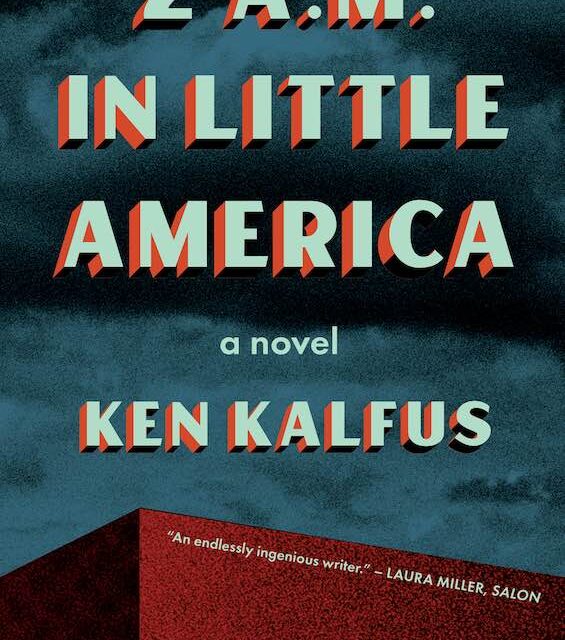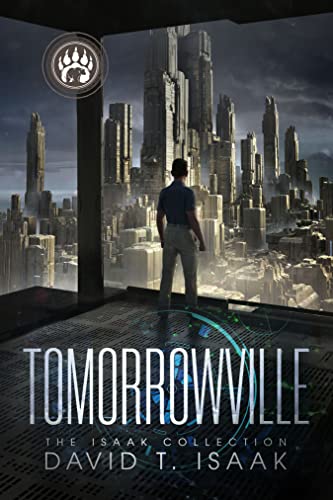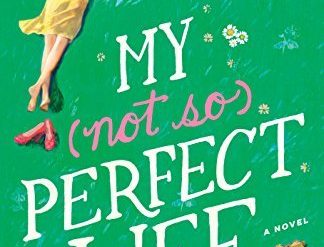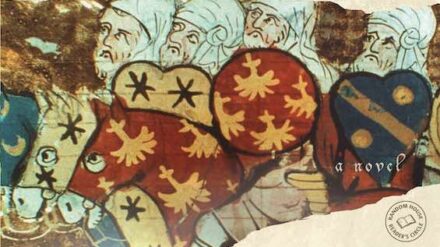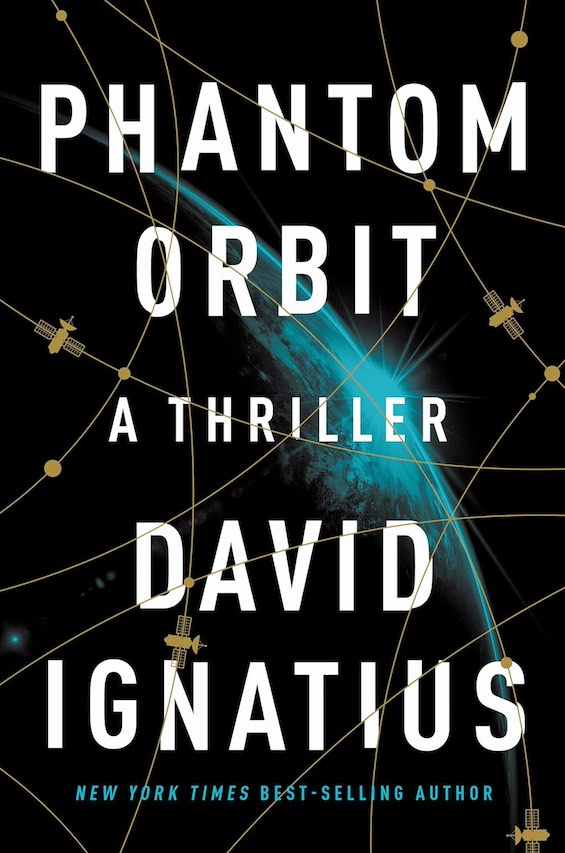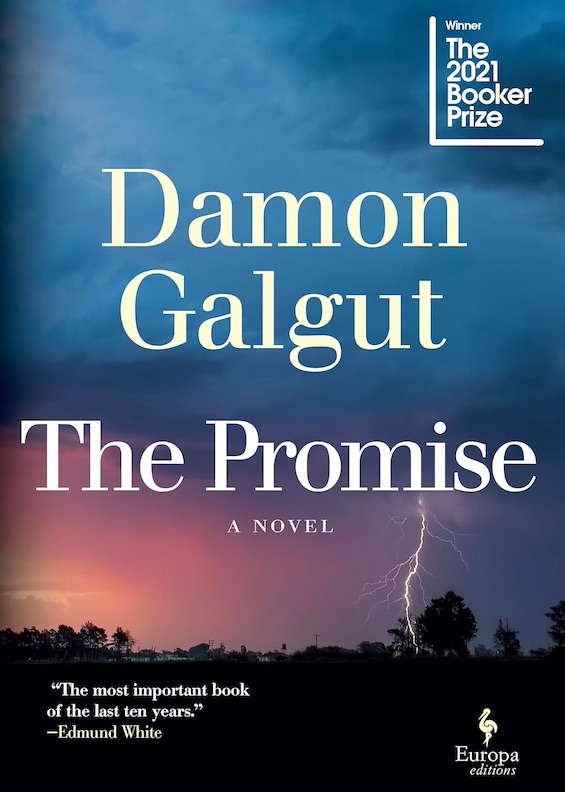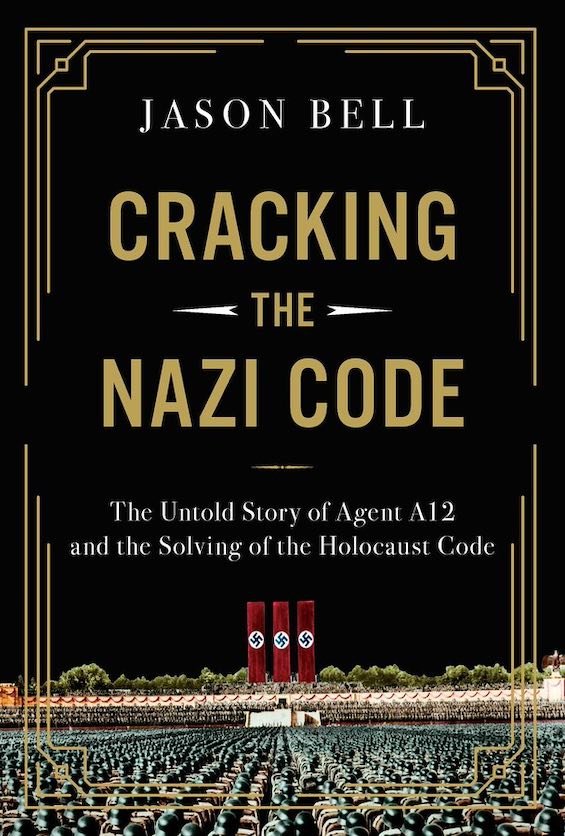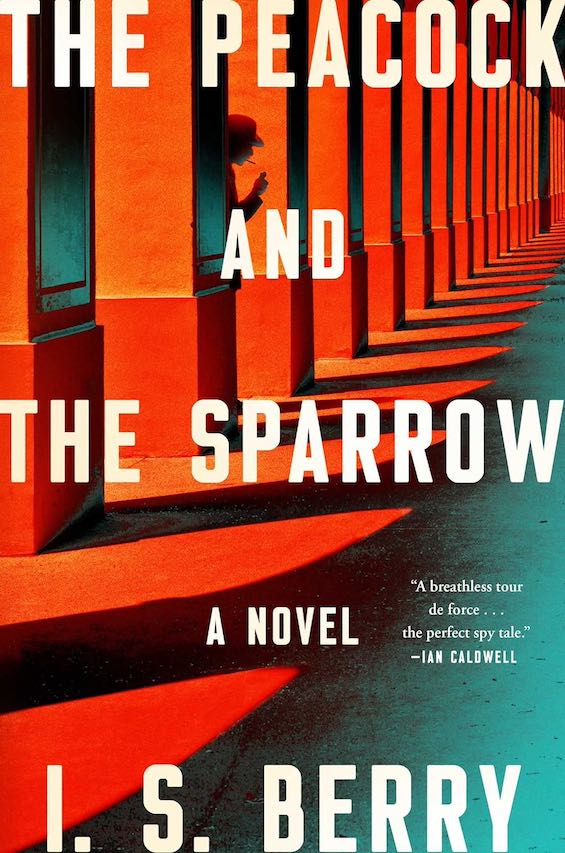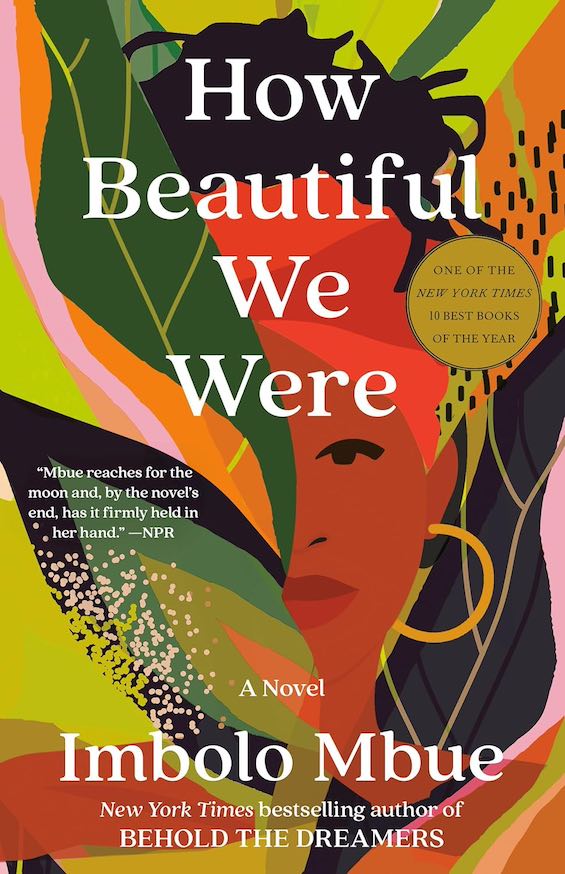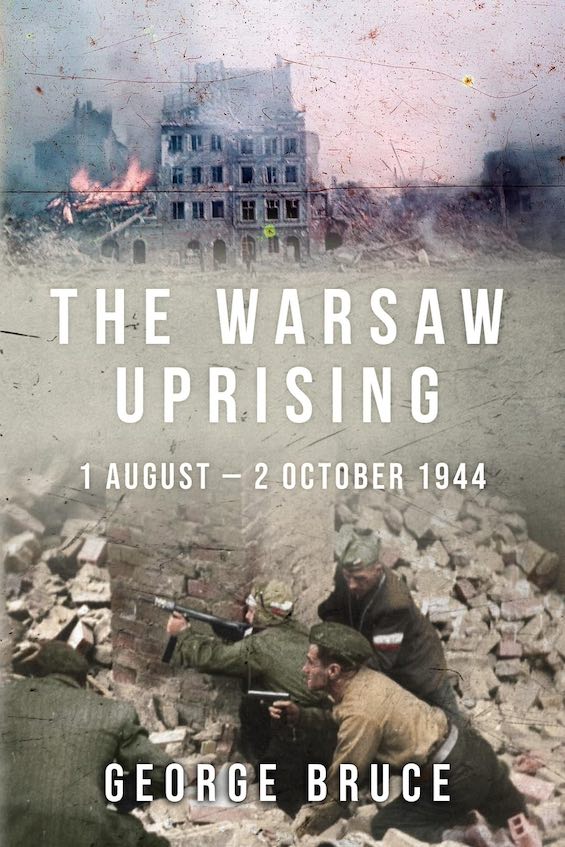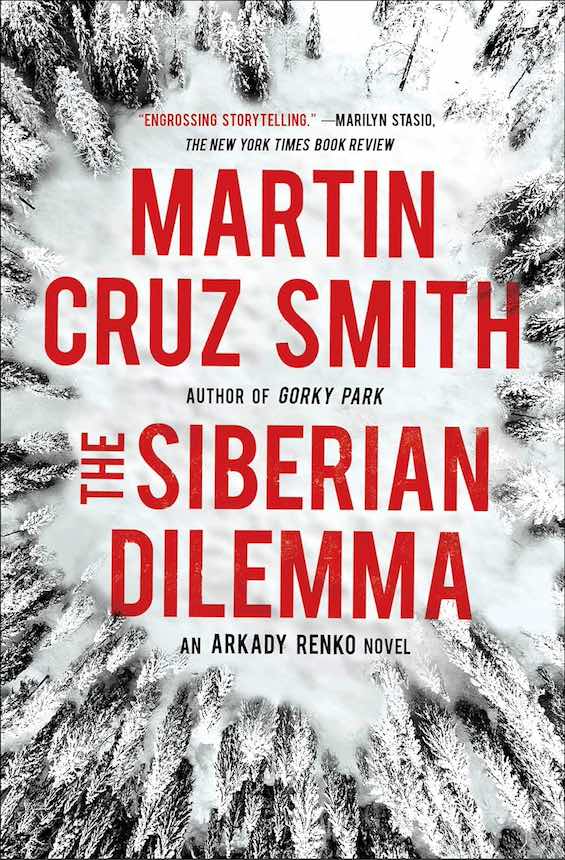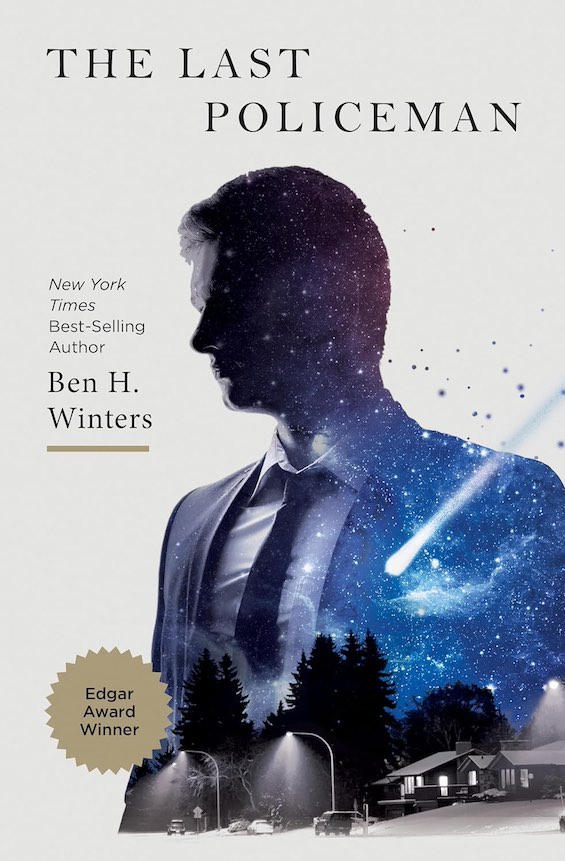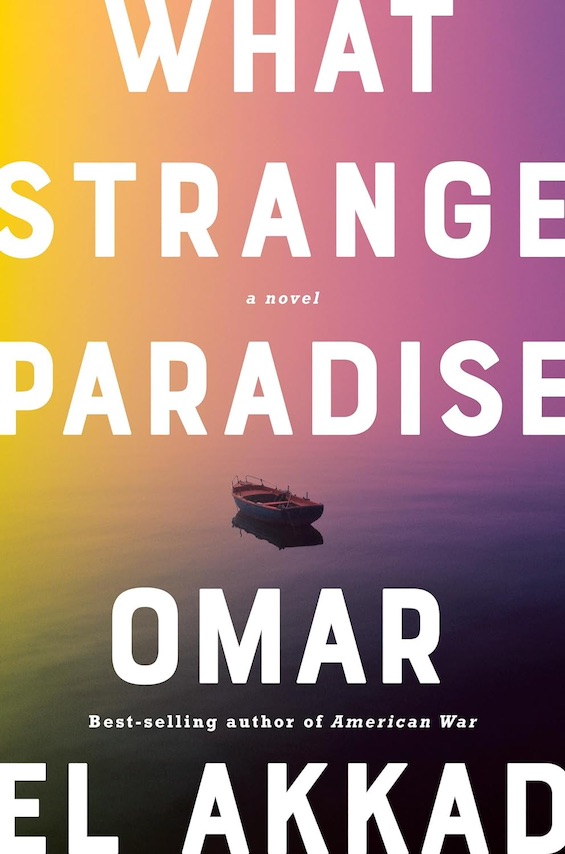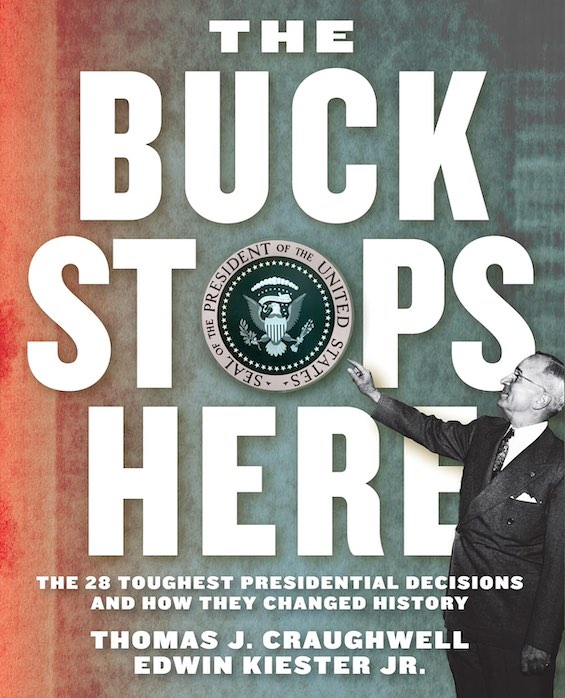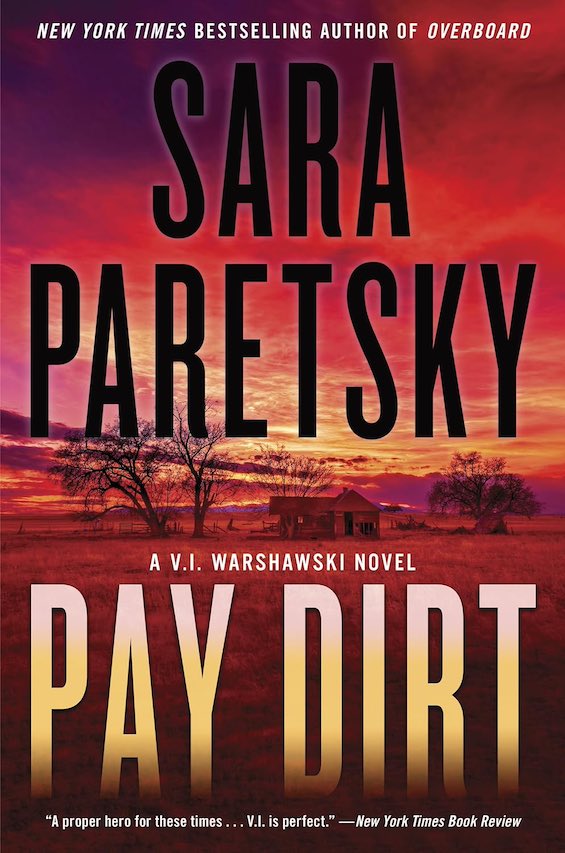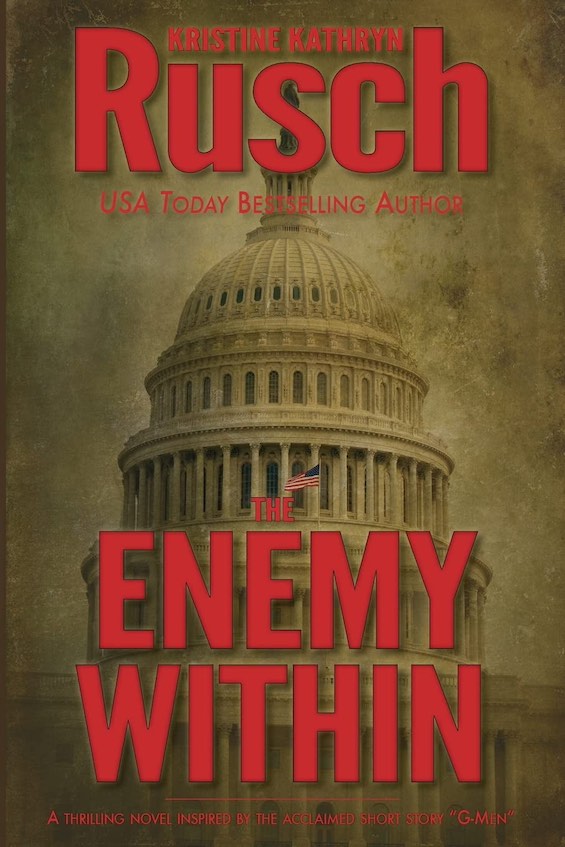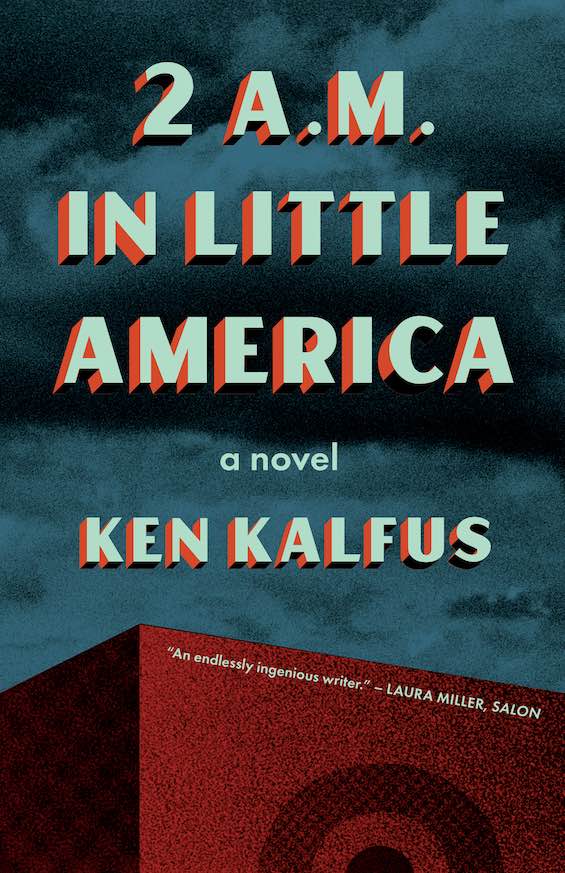
Book critics write a lot about unreliable narrators, and no wonder. They’re so numerous in the mystery and suspense genre that they seem to form a sub-genre of their own. But there is another, related species of fiction. You’ll find it from time to time when you encounter an author who deliberately misleads and confuses readers. And I’m not referring to the devious sort who sneak in occasional red herrings to obscure a criminal’s identity. No, I mean an author who sets out from the very first page to make it impossible for a reader to understand what’s happening. One such author is Ken Kalfus, as he demonstrates in his dystopian novel about American refugees, 2 A. M. in Little America.
A narrator who’s not just unreliable but openly misleading
At the outset, I found myself puzzled about what’s going on because Kalfus writes in a minimalist style almost devoid of proper nouns. No place is ever identified by name. There are “two sides” in an ongoing battle between American “militias.” But neither one is identified in any way or described in terms of its goals or beliefs. Only a handful of characters are named—and, as we learn later, the names are all false.
2 A. M. in Little America by Ken Kalfus (2022) 256 pages ★★★☆☆
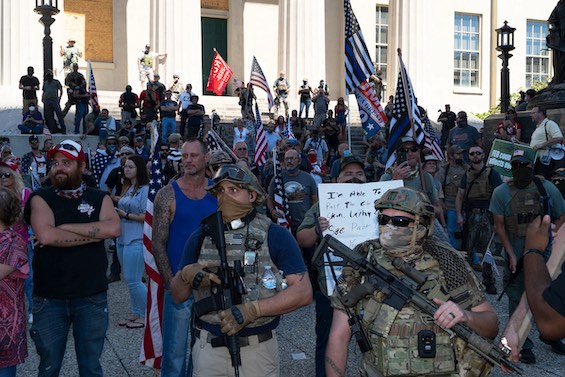
The United States has become a pitiable shadow of its former self
Admittedly, despite obscuring the identities of the players and shrouding the setting in mystery, Kalfus does paint a convincing, impressionistic picture of a world gone badly awry. “People around the world shared contempt for how far our country had fallen,” he writes. When Ron Patterson, the first-person subject of this story, was nearing graduation from high school, “Militias, paramilitaries, gangs and crews, police auxiliaries, and self-defense groups were establishing themselves. Membership in one thing or another was getting obligatory.”
Before long civil war had broken out, rending the bonds that had held American society together during more than two centuries. “The American catastrophe had . . . entered a new phase that drained the world of any cruel pleasure it had taken in our downfall. Now the overwhelming sentiment was pity.” And many thousands of Americans had fled to the fast-dwindling number of countries that would allow them entry.
After drifting around the world, forced out of one nation after another, Patterson has settled in a faraway land that might well be the one remaining country that welcomes Americans. There, he has settled in an “impoverished slum” where refugees from both sides of the civil war have ended up. “No one called it Little America, but that’s how it was thought of by its inhabitants, or at least that’s how I thought of it.”
It’s there, in Little America, that most of the book’s action unfolds as conflict erupts in the American enclave and begins to engulf the nation around it as well.
A “hero” with a fatal flaw
Ron Patterson is a hapless sort who has adapted to the migrant life reluctantly but with little fuss. Now nearing forty, he confronts his rootlessness with puzzlement. Earlier in life, in another country, he had fixated on a beautiful young woman he had glimpsed naked through a window. For years, he has seen her everywhere. But it soon emerges that almost every woman looks the same to him. Because Ron, improbably, suffers from a condition known as prosopagnosia, “a neurological disorder characterized by the inability to recognize faces,” according to the NIH. Naturally, this complicates his life and introduces a new element into the confusion that reigns in the novel.
Minimizing the stakes in American politics
Perhaps Kalfus believes there is no discernible difference between the Democratic Party and the armed Right-Wing forces that style themselves “militias.” Maybe he’s convinced that today’s polarization will intensify to the point that “militias” will rise on the Left as well. At any rate, that’s the implication of the picture he paints. “We discovered that the conflict, as painful and tragic as it had been, was really a contest between texts, each telling the history of our country plausibly and compellingly and neither necessarily built on untruths. Opposing narratives, we learned, could easily be constructed from the same actual occurrences and objective facts.” Except that in today’s United States, they’re not. Because one side’s narrative is based on racism, xenophobia, and dangerous conspiracy theories. The other side, while not immune to exaggeration or distortions, is grounded in facts.
For some unfathomable reason, leading book critics loved this novel. I didn’t. I won’t be on the lookout for more books by Ken Kalfus, whatever the New York Times or the Washington Post may say.
About the author

Three of the seven books written by Ken Kalfus have been named Notable Books of the Year by the New York Times. He was born in New York City in 1954 and educated at Sarah Lawrence College, the New School for Social Research, and New York University. Kalfus and his family have lived in Paris, Dublin, Belgrade, and Moscow. He currently lives in Philadelphia with his wife, with whom he has a daughter.
For more reading
Check out these much better books about a future American civil war, see:
- Wake of War by Zac Topping (Is a second civil war in America’s future?)
- The Next Civil War: Dispatches from the American Future by Stephen Marche (Is a new American civil war inevitable?)
- American War by Omar El Akkad (A chilling tale, lucidly told, of a Second American Civil War)
For more good reading, check out:
- The top 10 dystopian novels reviewed here
- These novels won both Hugo and Nebula Awards
- The ultimate guide to the all-time best science fiction novels
- 10 top science fiction novels
- Seven new science fiction authors worth reading
And you can always find my most popular reviews, and the most recent ones, plus a guide to this whole site, on the Home Page.

